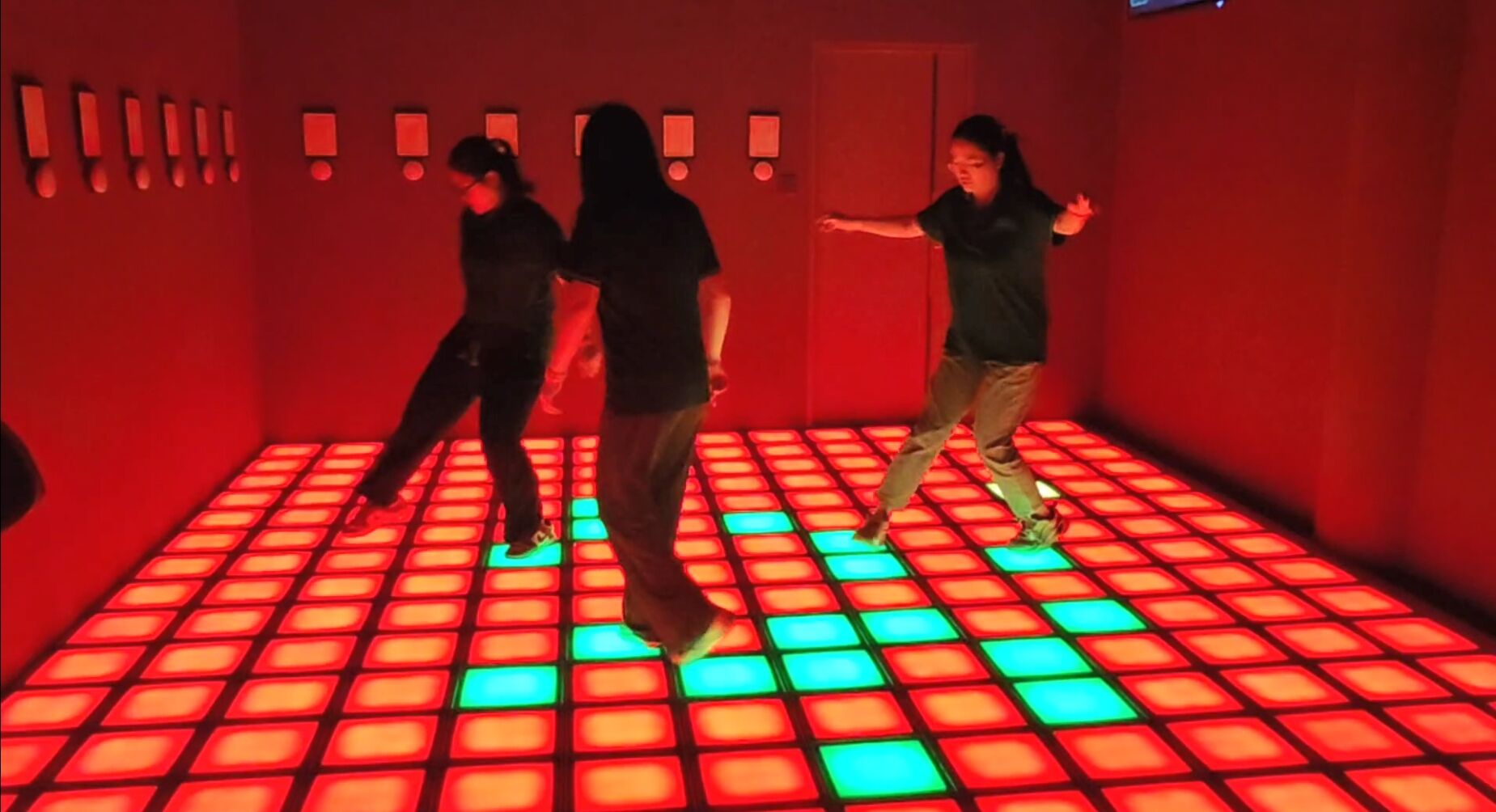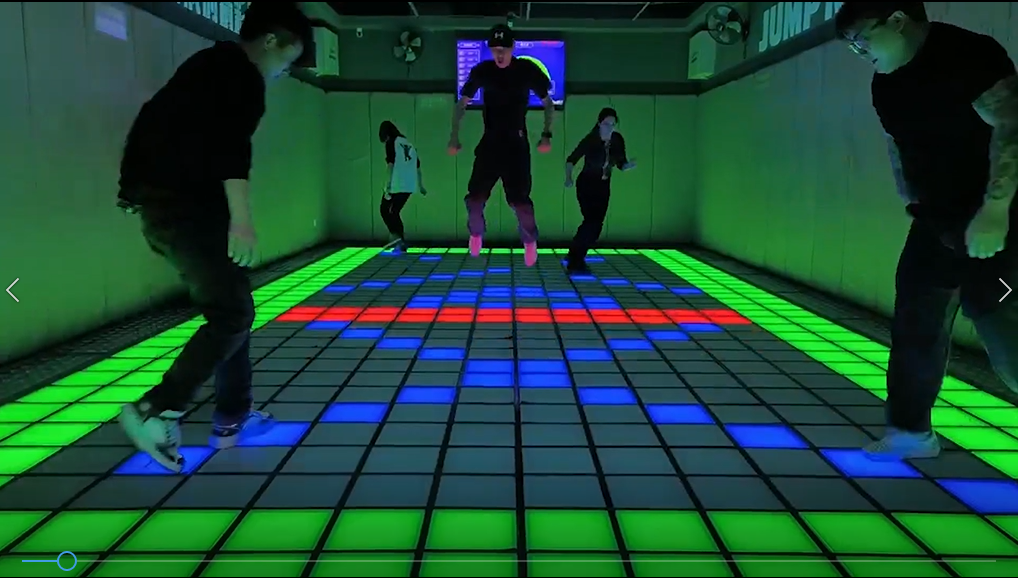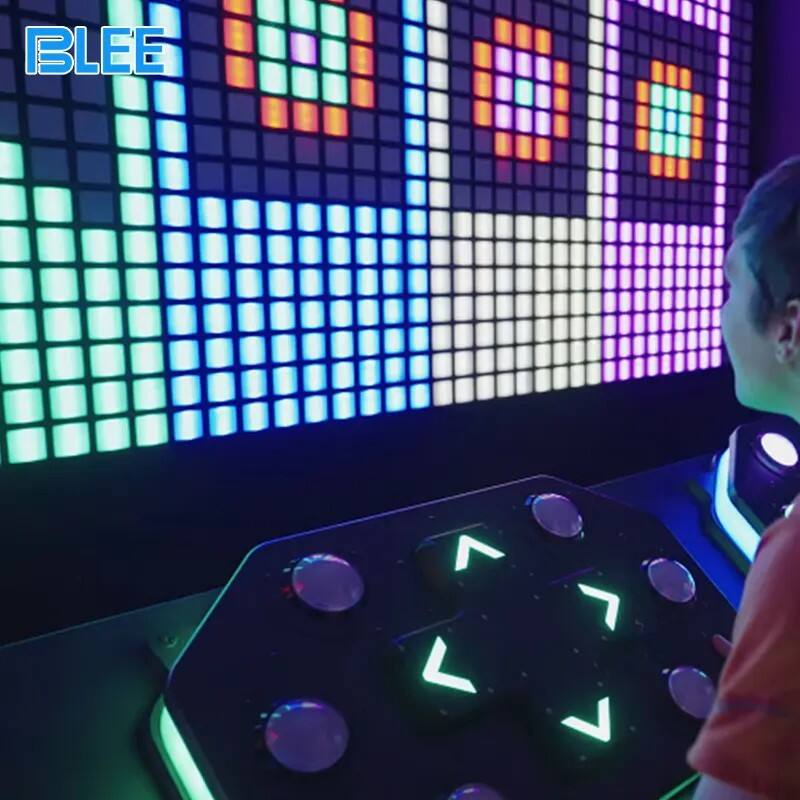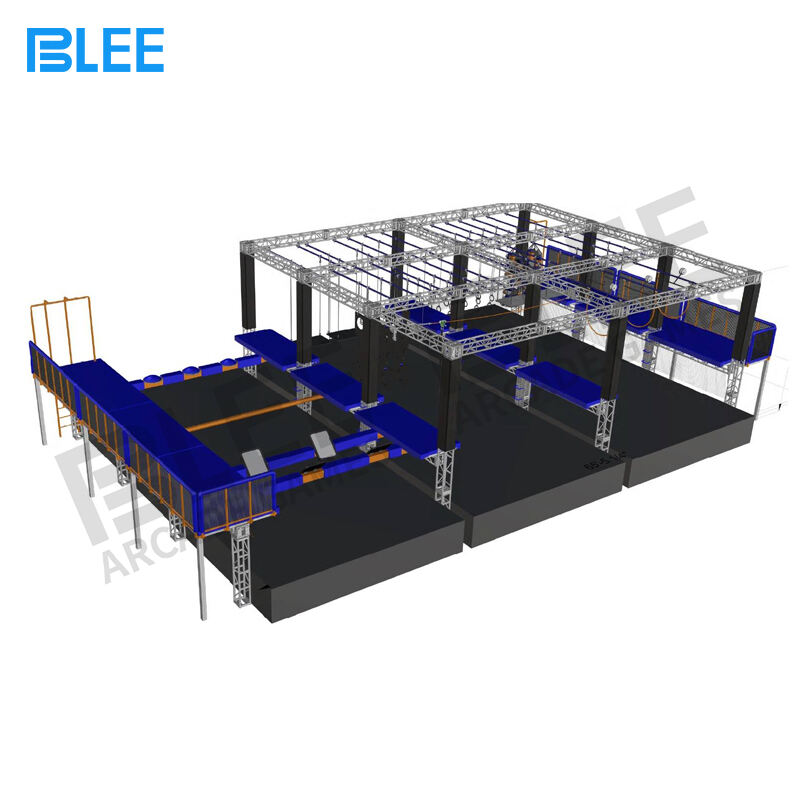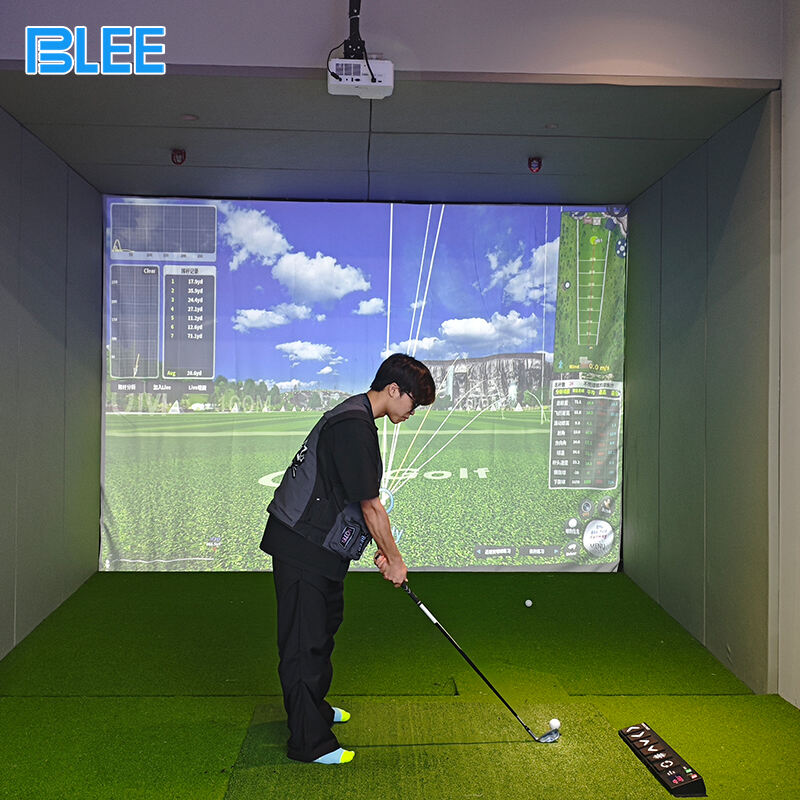Holistic Development Through Interactive Playground Design
Cognitive Challenges with Puzzles and Mazes
Engaging puzzles are more than just fun; they are instrumental in stimulating critical thinking and problem-solving skills in children, thereby fostering cognitive development. By solving puzzles, children exercise their brains, enhancing memory retention and improving concentration. Additionally, mazes are a fantastic way to boost spatial awareness, an essential cognitive competence that aids in logical reasoning. Through these cognitive challenges, children can better understand how to navigate spaces and plan their moves strategically. Moreover, interactive playgrounds often incorporate elements that can adjust difficulty levels, thereby catering to various age groups. This ensures that engagement remains high as every child finds an appropriate challenge to tackle.
Social Interaction Through Cooperative Game Zones
Playgrounds that emphasize cooperative play zones provide essential environments for nurturing teamwork, communication skills, and social interaction among children of different ages. Cooperative play encourages children to interact with their peers, teaching them vital social skills such as sharing, conflict resolution, and mutual respect. Through structured group games, children learn how to operate as part of a team and develop empathy by understanding the perspectives of others. Additionally, creating spaces that accommodate larger groups promotes the formation of friendships and deeper social connections, which are crucial for emotional health. These interactive zones thus serve as a foundational element in social skill development.
Motor Skill Development with Climbing Frames
Climbing frames are a staple of indoor playground equipment, providing excellent opportunities for gross motor skill development. They help children enhance their strength, balance, and coordination by navigating through various climbing challenges. Different climbing structures can cater to varying skill levels, ensuring safety while still promoting physical challenges. This customization allows children to push their limits without compromising their well-being. Research indicates that physical activity in play significantly boosts children's overall physical health and fitness, laying the groundwork for healthy growth and active lifestyles. By incorporating these elements into playground design, we can ensure that children are receiving a well-rounded developmental experience.
Modular Play Systems for Adaptive Indoor Playgrounds
Customizable Layouts for Scalable Spaces
Modular play systems offer the flexibility needed to adapt playground spaces to various square footages, making them ideal for diverse environments. By integrating customizable themes and equipment, these systems cater to different groups, ensuring inclusive play experiences for everyone. For example, a modular system can transform a limited space into a dynamic indoor playground that mirrors the aesthetic of the surrounding venue, whether in a shopping center or a community center. This flexibility not only enhances the user experience but also opens up new business opportunities by attracting a wider demographic, ultimately leading to increased patronage and revenue potential.
Cost-Effective Maintenance of Soft Play Playgrounds
Opting for durable materials and thoughtful designs in soft play playgrounds is key to reducing long-term maintenance costs. Routine maintenance and straightforward repair processes are critical for maintaining safety standards and ensuring operational efficiency. Modular designs play a significant role in this, as they streamline maintenance efforts by allowing for easy replacement and repair of parts, minimizing downtime and associated costs. For instance, by investing in high-quality, modular soft play equipment, businesses can achieve a balance between cost-saving and providing a safe, enjoyable environment for children.
Safe Components for Mixed-Age Engagement
Safety is a fundamental concern in playground design, especially when catering to mixed-age groups. Equipment needs to be specifically designed to minimize injury risks across different age categories. Incorporating soft, impact-absorbing materials can significantly enhance safety, creating a more secure environment for interactive play. Research indicates that mixed-age play offers mentorship opportunities, which encourages younger children to develop essential social skills by learning from older peers. This type of interaction is crucial in fostering a holistic approach to development, ensuring that children of all ages benefit from the emotional and social growth associated with diverse play experiences.
Integrating Technology into Indoor Playground Game Design
Interactive Panels for Educational Play
Interactive panels seamlessly combine play and learning, establishing a dynamic environment where children can engage in educational activities while having fun. These panels often incorporate games and puzzles that promote cognitive development, creativity, and problem-solving skills. Technology integrated into these panels provides instant feedback to children, which further enhances the learning process by allowing them to understand the consequences of their actions. According to studies, gamification of learning significantly increases children's motivation, making them more eager to participate and learn. Incorporating interactive panels into indoor playground designs ensures that children benefit from both entertainment and education simultaneously.
Augmented Reality for Immersive Adventures
Augmented Reality (AR) has the capacity to revolutionize the way children experience indoor playgrounds by creating immersive adventures that enhance traditional play. By overlaying digital content onto the physical world, AR solutions can transform static play areas into dynamic stories, engaging children in various narratives while ensuring their active participation. This technology allows children to explore and interact with their environment deeply, fostering curiosity and imagination without replacing direct physical play. Incorporating AR into playgrounds supports a multifaceted play experience that reinforces narrative engagement while promoting physical activity, making playtime both educational and enjoyable.
Motion-Sensing Games to Encourage Physical Activity
Motion-sensing games present an innovative way to encourage physical activity among children, addressing concerns about sedentary behaviors and screen dependency. By using sensors that detect body movement, these games inspire children to move, jump, and run, effectively integrating exercise into play. Engaging games not only support the development of motor skills but also foster healthy competition, motivating children to be physically active. Research underscores that such active play is critical for not only promoting physical fitness but also boosting cognitive engagement among children. Integrating motion-sensing technology in play settings transforms them into vibrant spaces that stimulate body and mind alike.
Themed and Immersive Play Environments
Branded Zones for Cohesive Aesthetics
Creating themed and immersive play environments is essential for enhancing visitor experiences and establishing a unique brand identity. Branded play zones offer a cohesive aesthetic that can significantly increase visitor attraction and retention. By investing in such environments, businesses can create memorable experiences that keep families coming back. Furthermore, these branded zones can integrate educational elements related to their theme, enriching the play experience and offering additional learning opportunities for children. This strategy not only boosts customer loyalty but also supports holistic child development by blending education with fun.
Cultural and Educational Storytelling Elements
Incorporating storytelling through design is a powerful way to foster cultural appreciation and provide educational experiences within indoor playgrounds. Storytelling elements enrich imaginative play, presenting children with cognitive challenges and broader learning opportunities. Designs that infuse educational content can significantly enhance cognitive retention, as research suggests that play integrated with learning elements boosts mental development. By injecting cultural and historical narratives into playground designs, we can create environments that inspire children's imaginations while imparting valuable lessons, making playtime an enriching experience for all visitors.
Nature-Inspired Play Areas with Eco-Friendly Materials
Designing play areas that incorporate nature-inspired themes can promote environmental awareness alongside physical play. Nature-based elements can reduce stress and improve emotional well-being in children, providing a tranquil and engaging environment. Utilizing eco-friendly materials in playground design encourages sustainable practices among young visitors, instilling the importance of sustainability from a young age. As eco-conscious consumers seek out socially responsible venues, implementing these practices in indoor playgrounds not only enhances aesthetic appeal but also supports a commitment to environmental responsibility, fostering a connection with nature and contributing to a healthier planet.
Inclusive Strategies for Accessible Play Spaces
Wheelchair-Accessible Ramps and Ground-Level Features
Implementing wheelchair-accessible designs in playgrounds ensures that every child can participate in the joy of play. By incorporating features like wheelchair ramps and low-height activities, we create environments where children with diverse mobility needs can engage on an equal footing. This inclusivity is not merely a benefit for those with disabilities but fosters a culture of accessibility and acceptance that enriches the experience for all users. Accessible playgrounds truly embody the spirit of inclusive design, making play areas welcoming for everyone.
Sensory Play Equipment for Neurodiverse Children
Sensory play equipment is a vital component in supporting the needs of neurodiverse children, encouraging them to actively engage with their surroundings. By offering a variety of sensory options, such as tactile surfaces and interactive modules, playgrounds can provide the stimulation that suits individual preferences. These inclusive environments do more than just accommodate; they enhance social interaction and contribute to emotional development from an early age, ensuring that all children can benefit from meaningful play experiences.
Multi-Sensory Panels to Enhance Engagement
Multi-sensory panels are an innovative way to cater to various learning styles, allowing every child to benefit from play. By integrating visual, auditory, and tactile elements, these panels stimulate children's senses, creating rich and engaging experiences. Studies suggest that such multi-sensory play significantly reduces anxiety and enhances focus, thereby supporting cognitive integration. With these features, playgrounds become not just areas for fun but spaces that nurture and develop children's abilities in a holistic manner.
Why Work With BLEE?
Free Project Planning
Free design-driven solutions tailored to your theme, audience, including product selection, quotation, layout design, venue decoration design and business plan.
Globally Proven Solutions
Trusted by 80+ countries with venue bulidding for cross-cultural appeal and sustained ROI.
Complete Range of Products
We have a complete entertainment and amusement product line, can meet your procurement needs in one stop, maximize your cost savings.
7-15 Day Guaranteed Delivery
Modular production system ensures quality equipment shipped within 15 days, minimizing downtime.
Risk-Free Logistics
Doorstep delivery , damage protection, and real-time cargo tracking.
24/7 Lifelong Support
Multilingual technical assistance, instant troubleshooting, and lifetime maintenance commitment.

